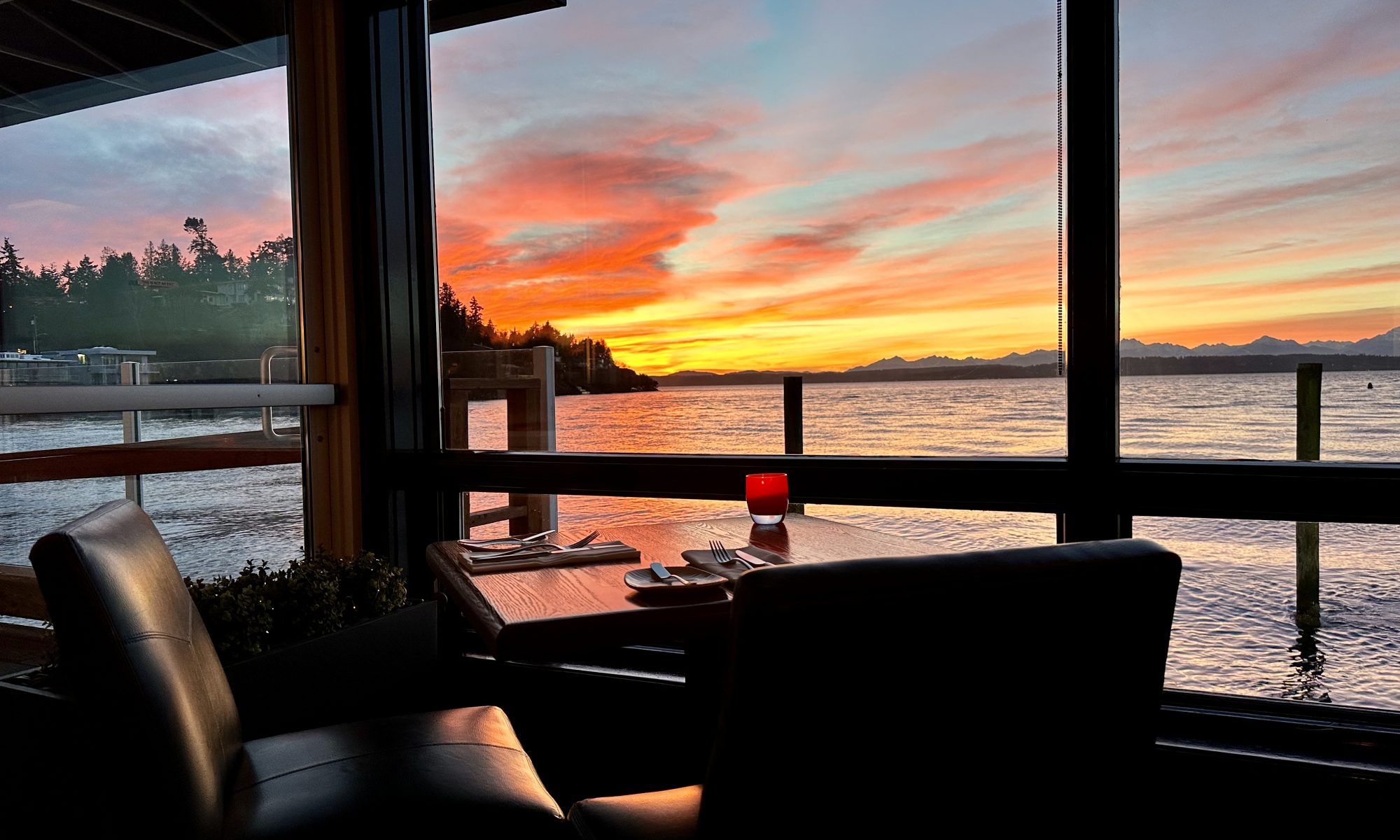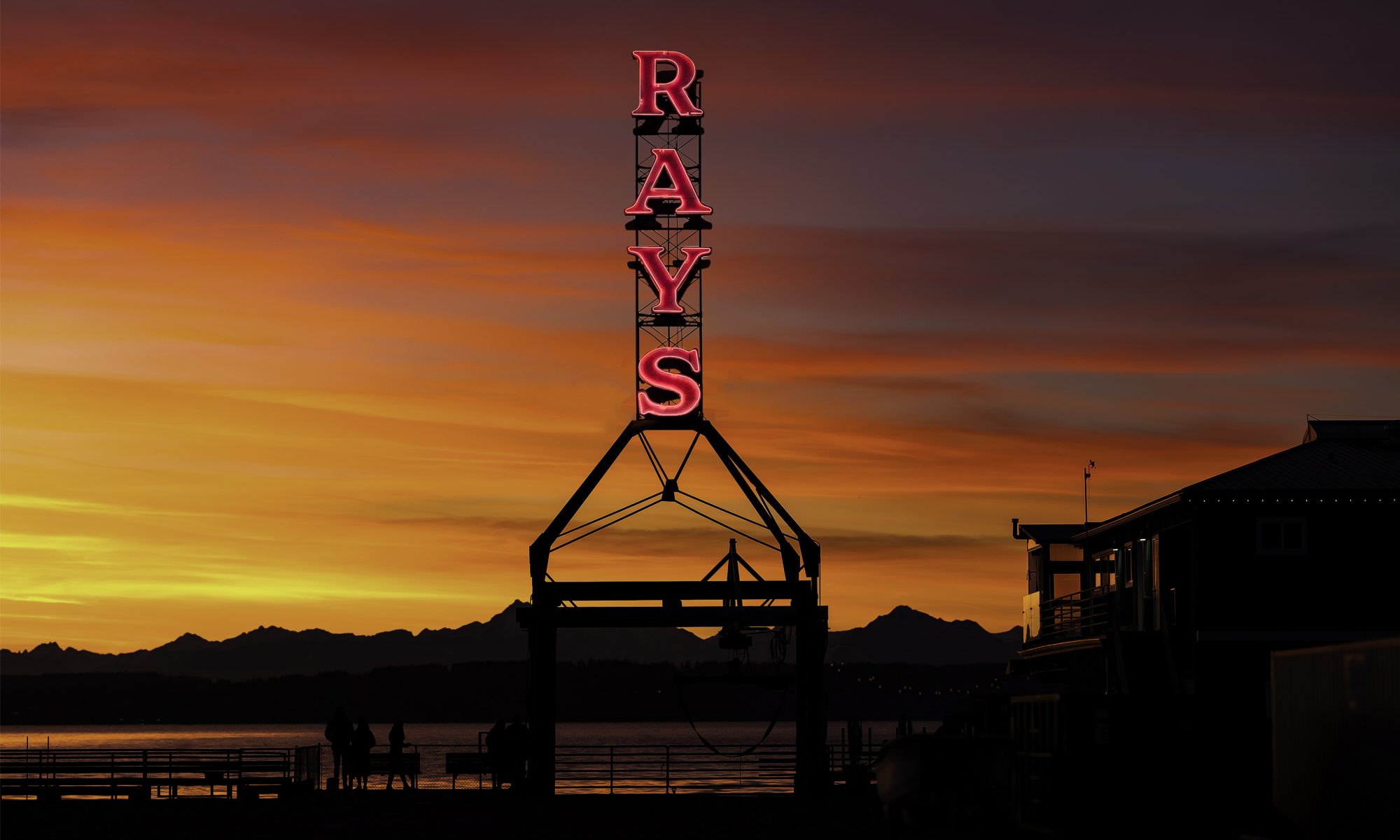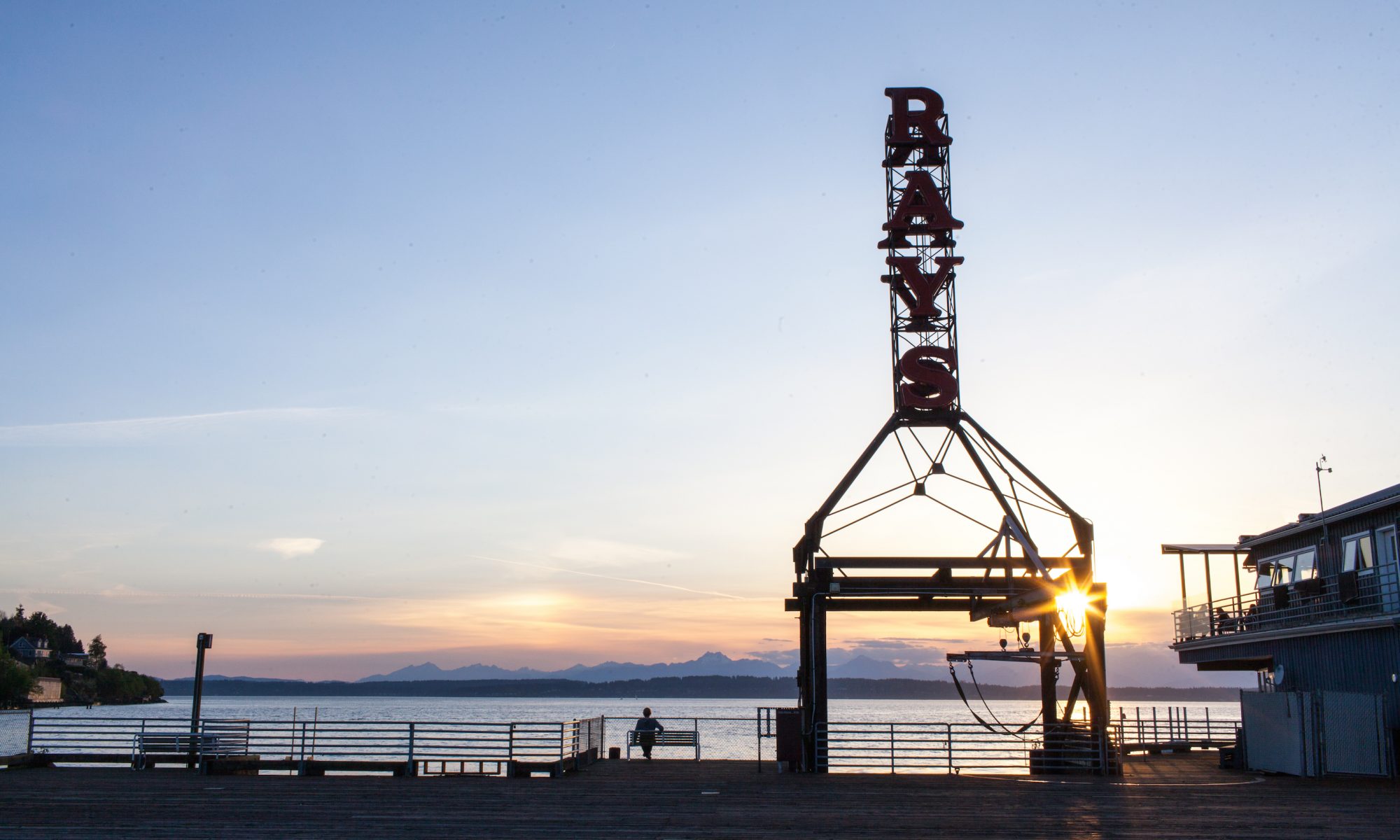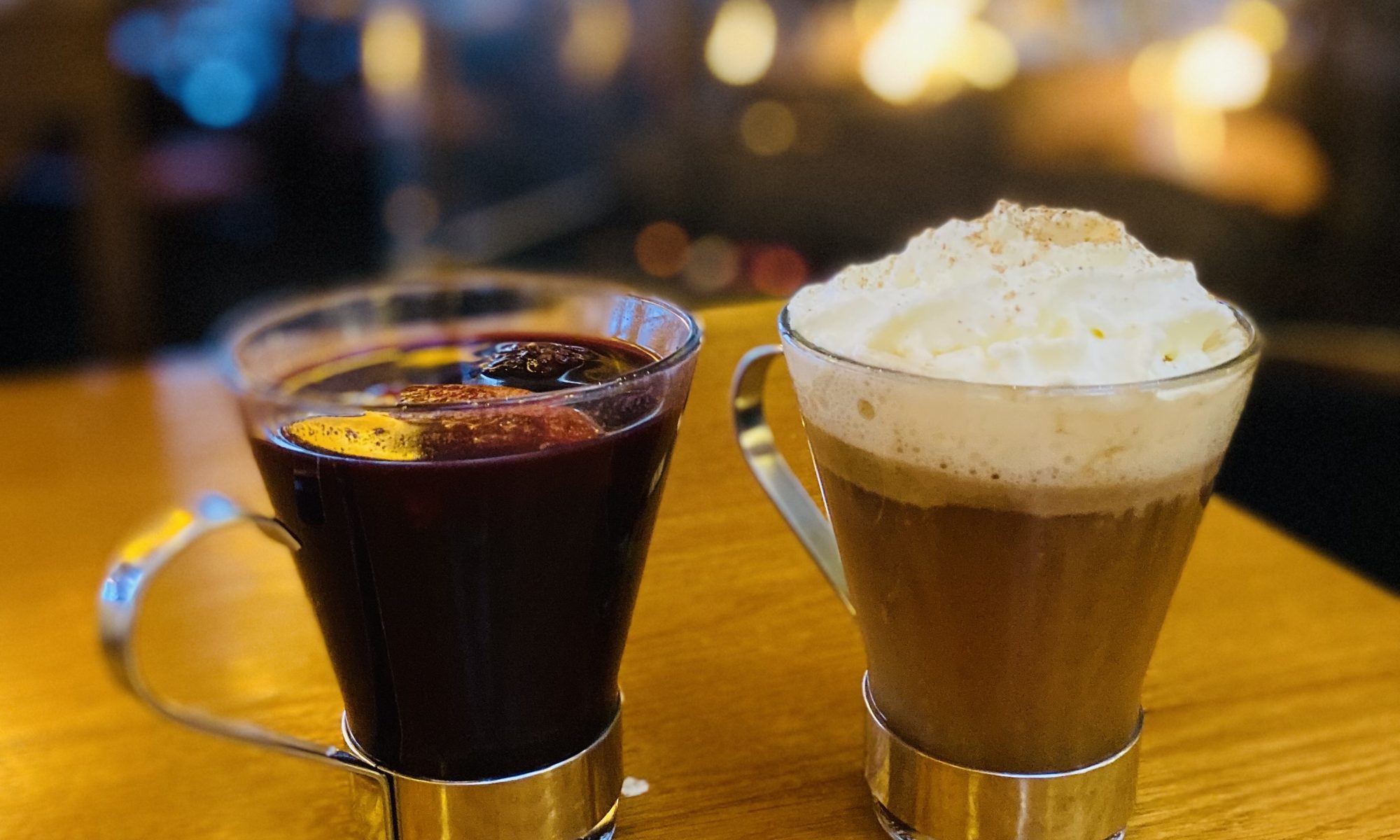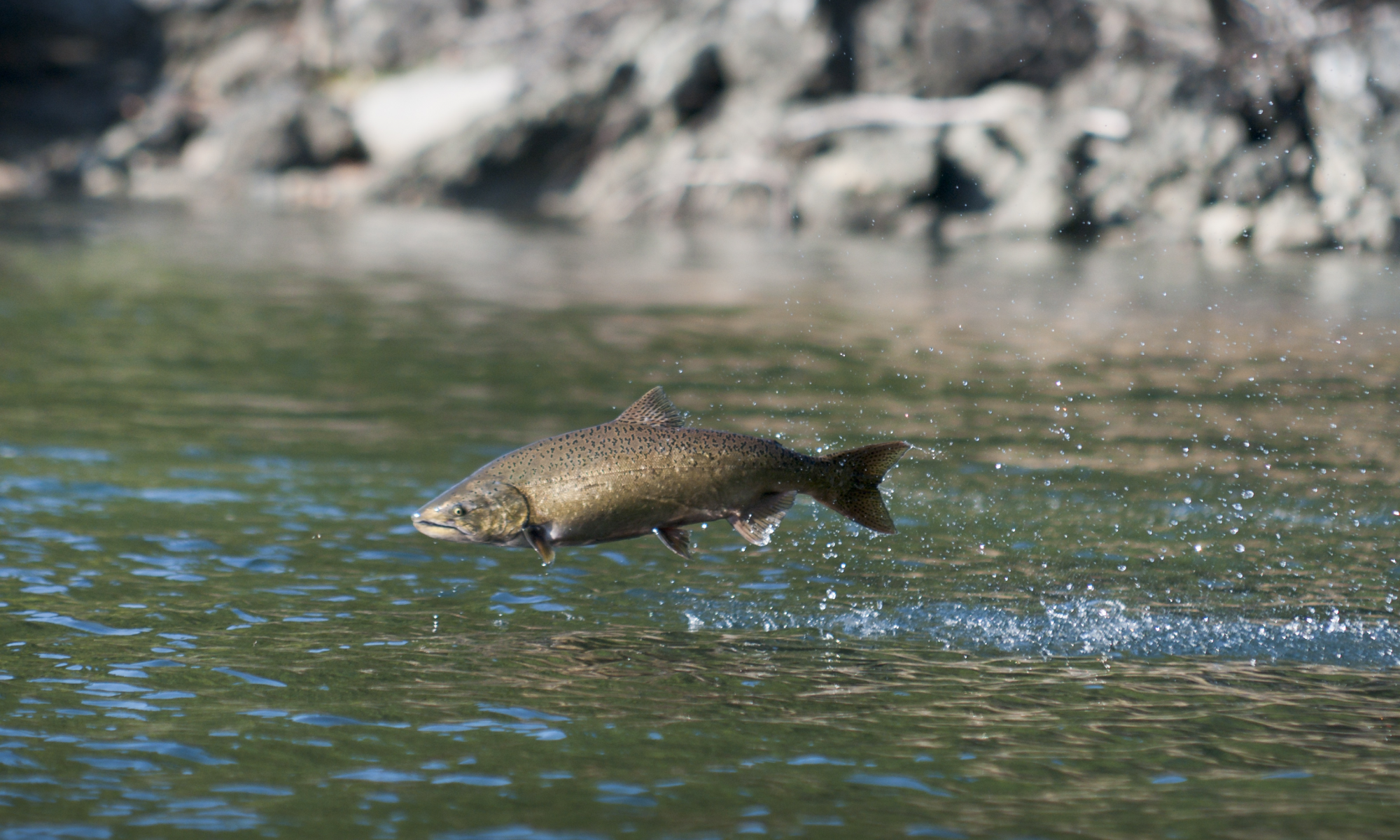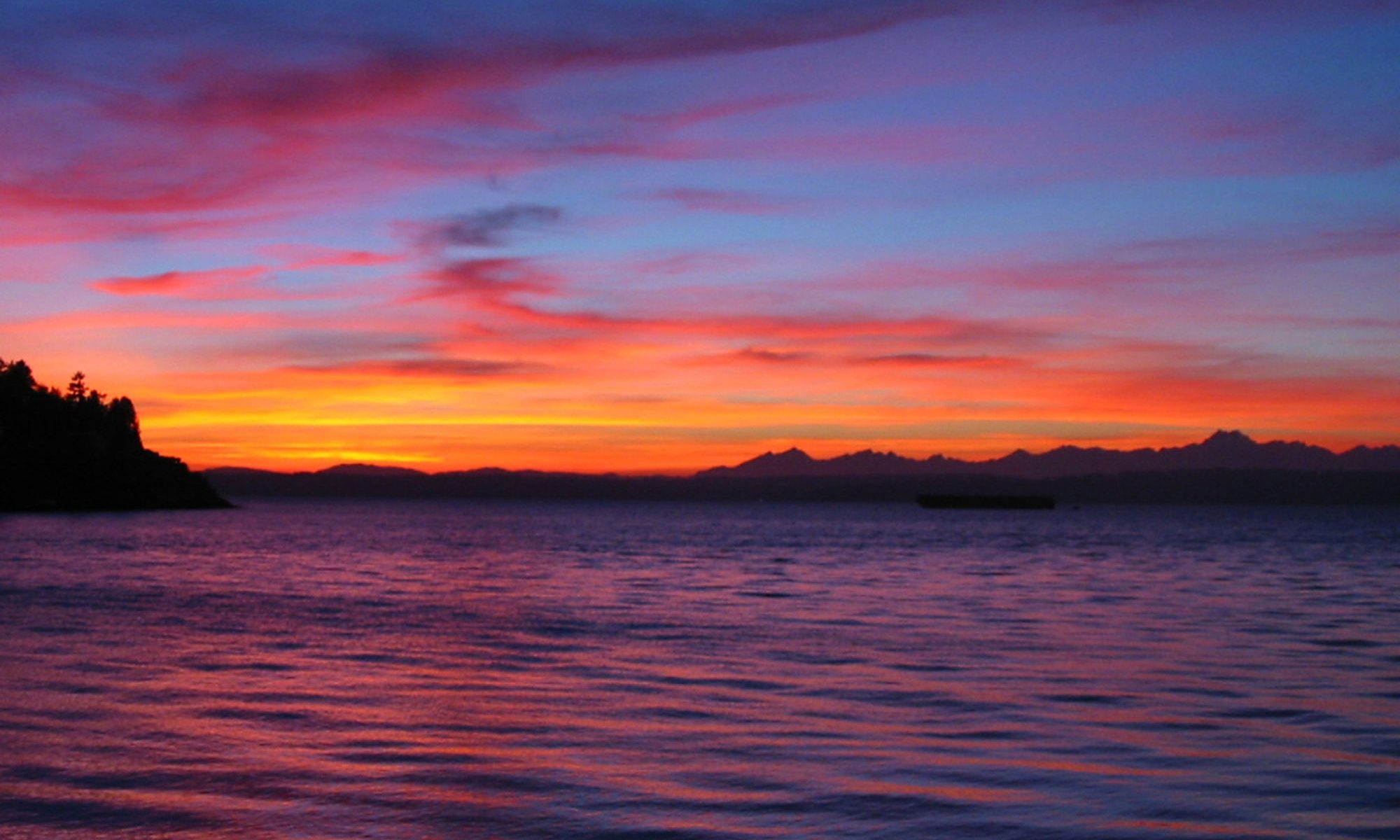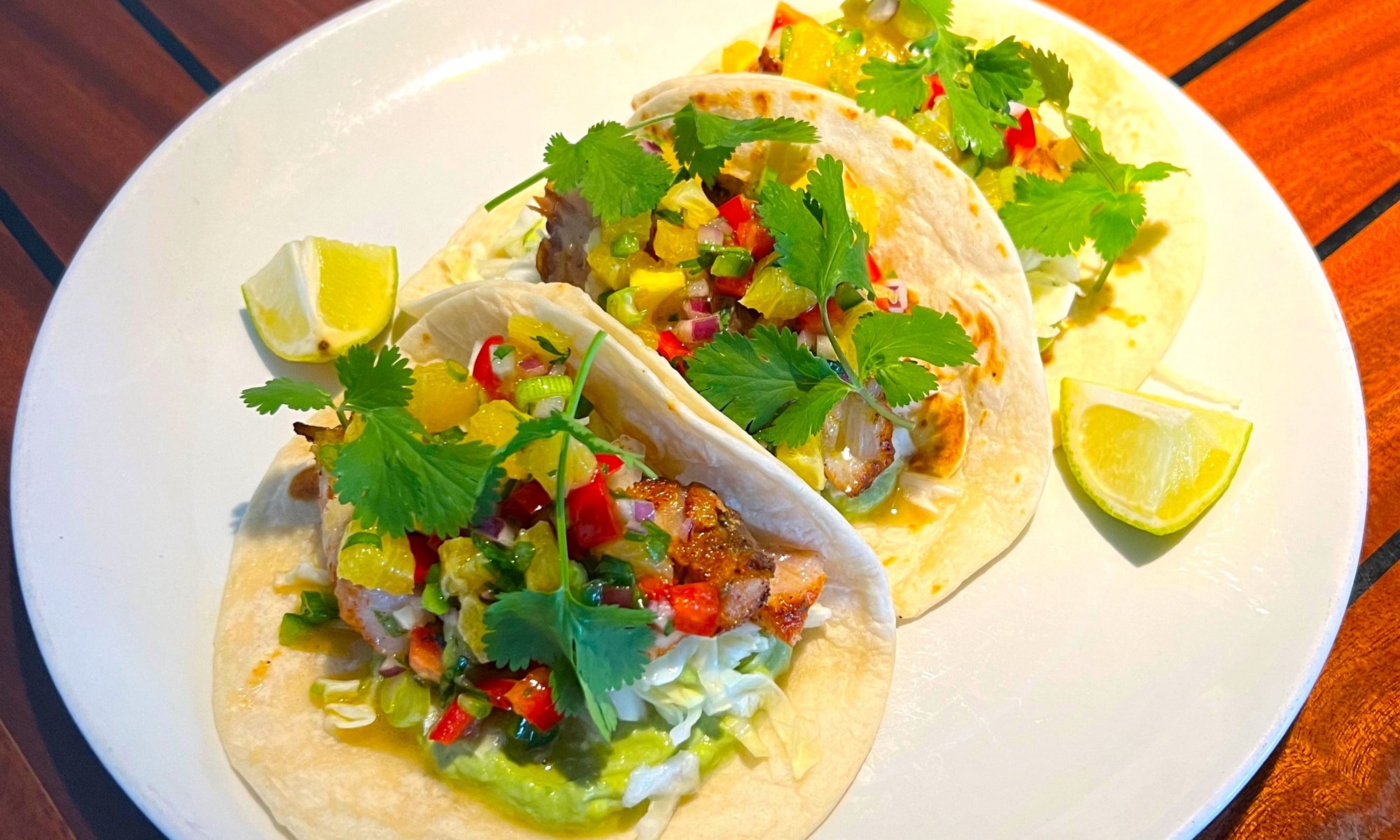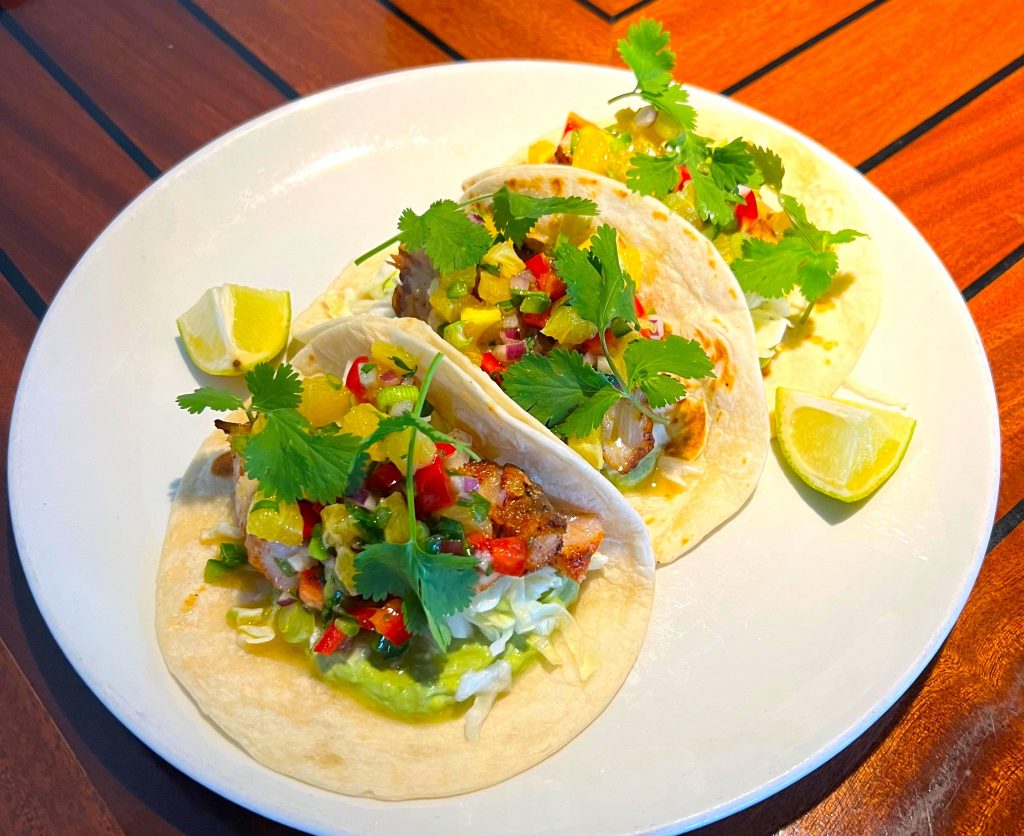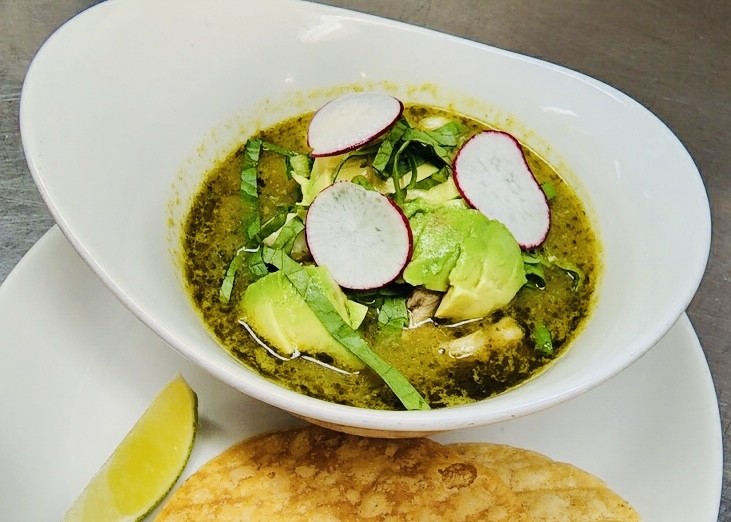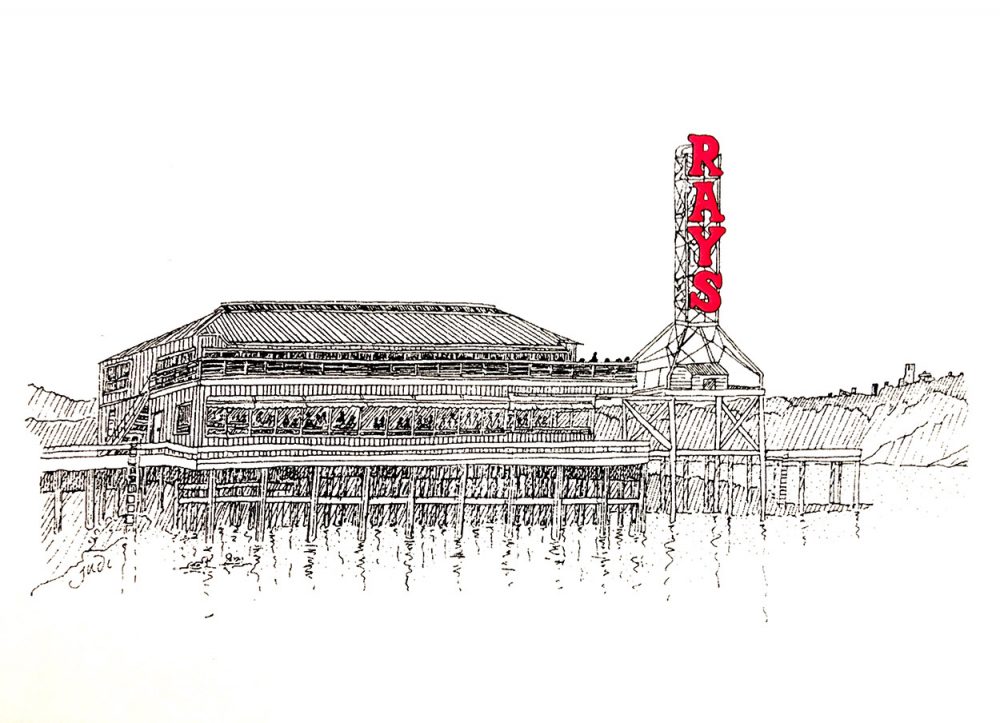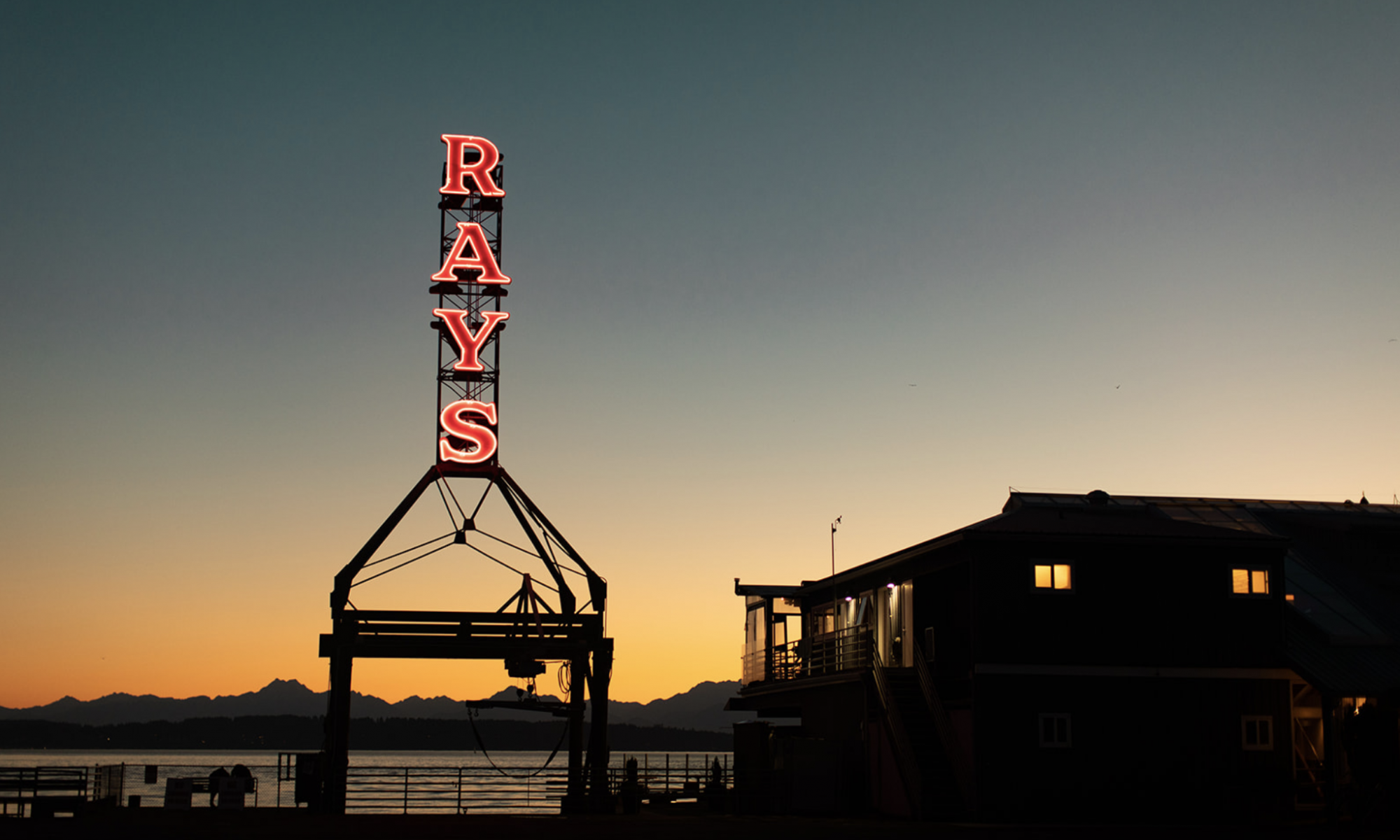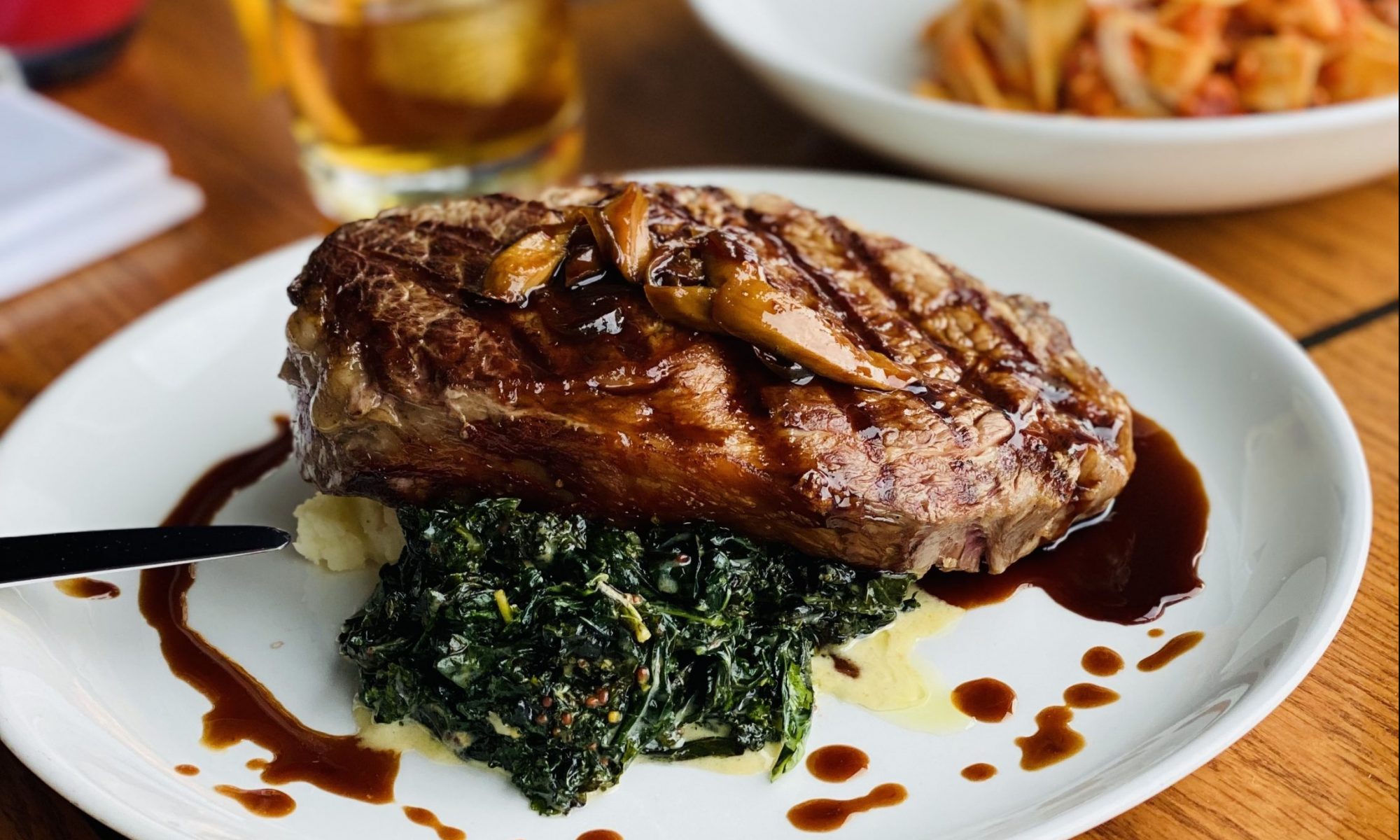Join Ray’s for a delicious Easter brunch or dinner on Sunday, March 31, 2024! Our first floor Boathouse will serve brunch with a la carte guest favorites and a spring-inspired 3-course dinner menu.
Easter reservations are strongly encouraged and available on RESY! We can accommodate parties of 10 people or fewer, including high chairs.
Reserve Easter in our first floor Boathouse
BOATHOUSE BRUNCH
10:30am (first seating) to 3pm (last seating).
A La Carte Boathouse Easter Brunch Menu:
Smaller
- Little Gem Salad green goddess dressing, pickled lemon, feta cheese, scallions, cherry tomatoes GF V
- Lyonnaise Salad bacon vinaigrette, frisée, bacon lardons, soft egg, croutons DF
- Crispy Calamari Salad orange vinaigrette, carrots, frisée, cornichon, red onion DF
- Fresh Berry Parfait vanilla whipped yogurt, fresh berries, house-made granola, honey
- Ray’s Pacific Northwest Chowder clams, house smoked-bacon, red potato
- Avocado Toast toasted como loaf, avocado, pickled red onion, cherry tomatoes, everything bagel seasoning DF
Shareable
- PNW Mussels jalapeño-lime butter, radish, toasted baguette
- PNW Manila Clams onion, celery, white wine, Old Bay, herbs, toasted baguette
- Seared Diver Scallops roasted parsnips, parsnip purée, vanilla beurre blanc, chervil GF
- Cold Smoked Salmon Plate house smoked PNW salmon, scallion whipped cream cheese, pickled red onion, cucumber, dill, ikura, everything bagel chips
- Moroccan Carrot Salad baby carrots, couscous, hazelnuts, yogurt, cilantro, garlic-harissa oil V
- Crispy Fried Calamari mini sweet peppers, green goddess dressing
- Dungeness Crab Cakes lemon aïoli, pickled red onion, orange supremes, pea vines
- Seared Asparagus parmesan vinaigrette, hazelnuts GF V
Mains
- Vegetarian Quiche fried breakfast potatoes, mixed green salad
- Hangtown Fry fried oysters, scrambled eggs, house smoked bacon, fried breakfast potatoes, spicy aioli
- Steak and Eggs 8oz Double R Ranch bavette steak, two eggs, fried breakfast potatoes, chimichurri GF
- 8oz House Ground Beef Burger brioche bun, american cheese, shredded lettuce, special sauce, breakfast potatoes GF
- Two Eggs choice of bacon or Uli’s breakfast sausage, fried breakfast potatoes, toasted como loaf
- Challah French Toast Uli’s breakfast sausage, spiced maple syrup, whipped cream, fresh berries, fried breakfast potatoes
- Prawns & Grits Del Pacifico Day Boat prawns, Anson Mills grits, chorizo vinaigrette, two eggs, como loaf
- Applewood Grilled Sablefish in Sake Kasu jasmine rice, charred savoy cabbage, scallions, dashi-miso velouté
- Grilled Wild Alaskan King Salmon garlic whipped potatoes, seared asparagus, cornichon-caper beurre blanc GF
BOATHOUSE DINNER
3pm (first seating) to 8pm (last seating)
Enjoy our normal a la carte dinner menu alongside a $75.00 Easter inspired 3-course dinner menu of appetizer, entrée and dessert (beverages, tax and gratuity not included).
3-course Boathouse Easter Dinner Menu
choice of one from each section
Appetizers
- Artichoke & Parmesan Soup fried artichokes, crème fraîche, spring herbs
- Dungeness Crab & Spring Pea Salad snap peas, watermelon radish, English peas, mint, arugula, lemon vinaigrette, chevre GF
- Seared Oregon Albacore blood orange-avocado salsa, ponzu, watercress GF/DF
Entrees
- Double R Ranch Spice Rubbed Prime Rib garlic whipped potatoes, seared broccolini, demi-glace GF
- Fresh Pan-seared Alaskan Halibut green garlic sauce, fried Yukon Gold potatoes, sautéed mushrooms
- Moroccan Carrot Salad baby carrots, couscous, hazelnuts, yogurt, cilantro, garlic-harissa oil V
Desserts
- Vanilla Crème Brûlée caramelized shell
- Spiced Carrot Cake cream cheese frosting, candied pecans
- Olympic Mountain Creamery Ice Cream/Sorbet
Full children’s menu available all day in the Boathouse.
Boathouse Bar has limited seating and will be offered on a first come basis for ages 21 and over only. The Bar is open from 10:30am (first seating) to 8pm (last seating).
CAFE
Enjoy our Cafe grand holiday buffet from 9am (first seating) to 8pm (last seating) for $85 per person including coffee, juice and sodas (excluding tax and gratuity). Children 5 to 11 years of age $35.
Menu
Complete range of appetizers, salads, entrees, and desserts, plus Ray’s traditional carving and shellfish action stations featuring Northwest seafood. Breakfast items will be served on the buffet until 3pm then we will transition to a dinner buffet until 9pm.
The Cafe Bar will be open from 9am (first seating) to 8pm (last seating) and is seated on a first come basis. Cafe Bar is 21 and over only.

